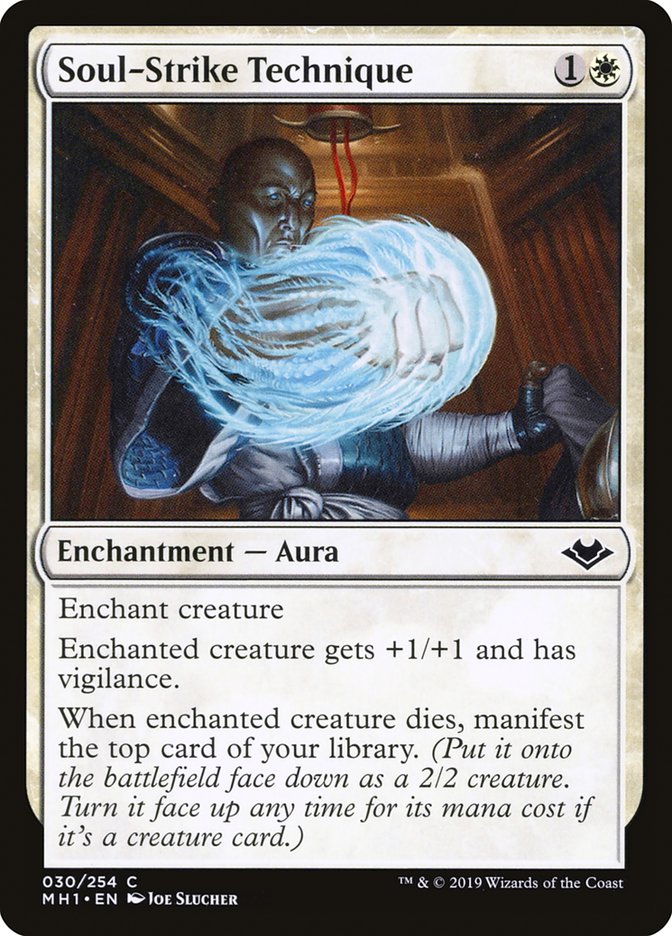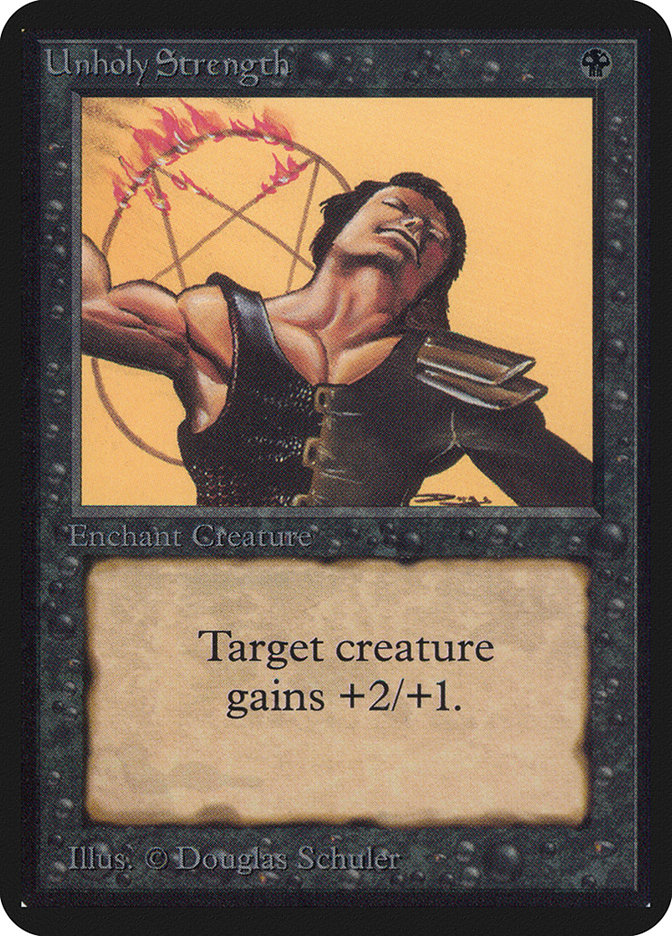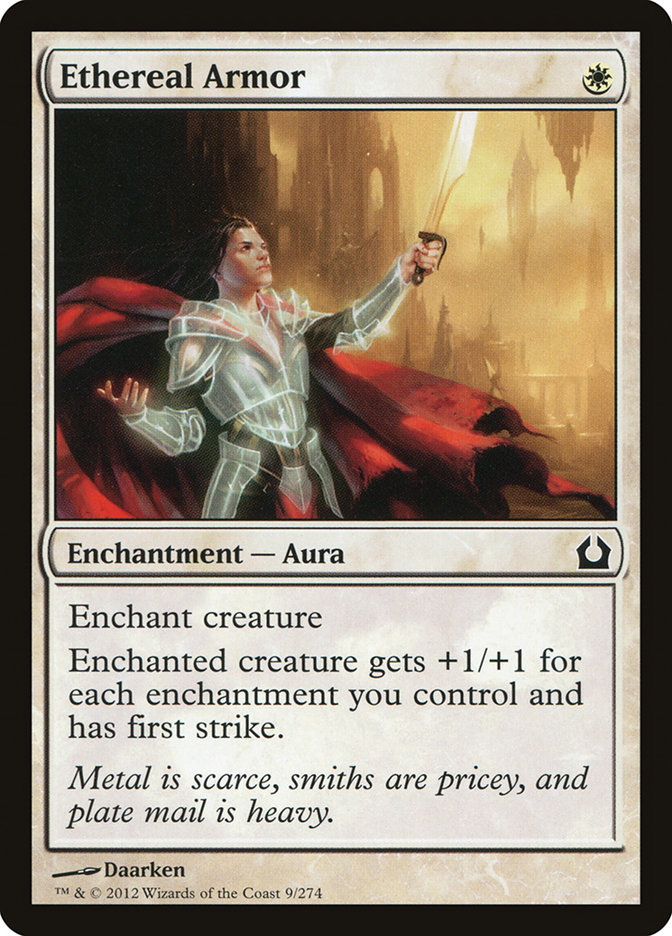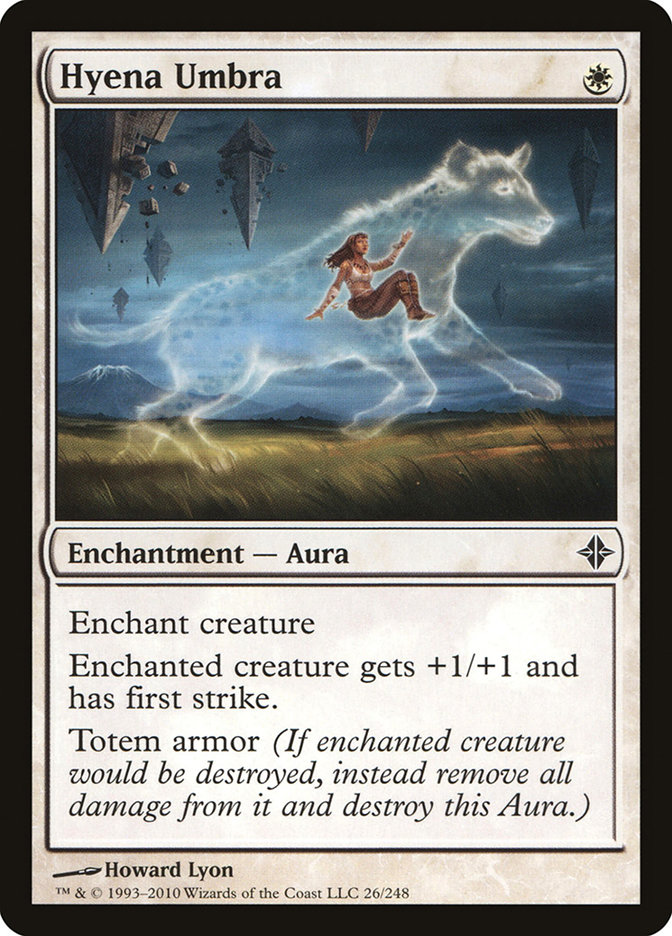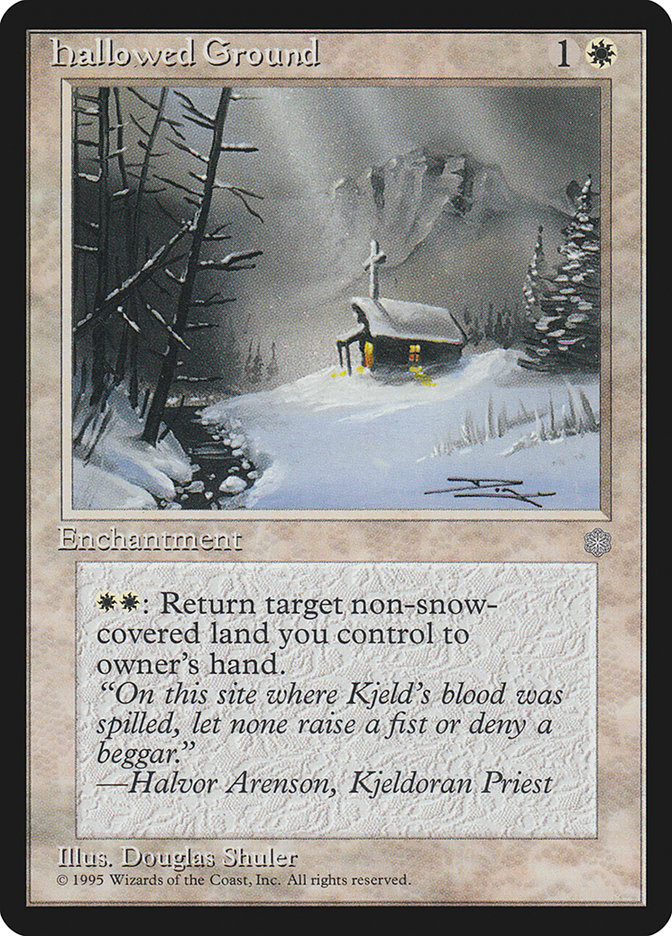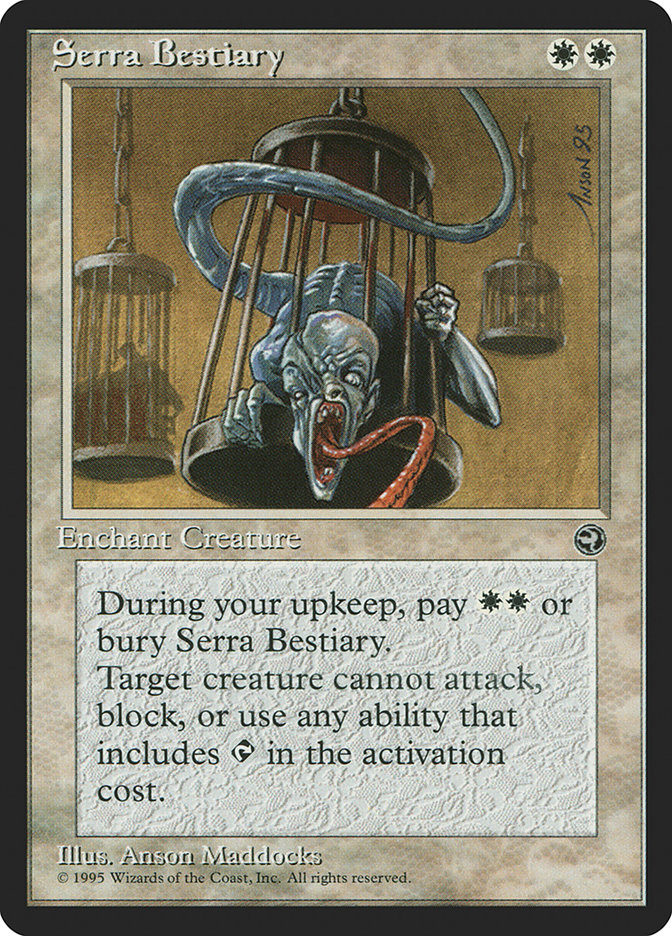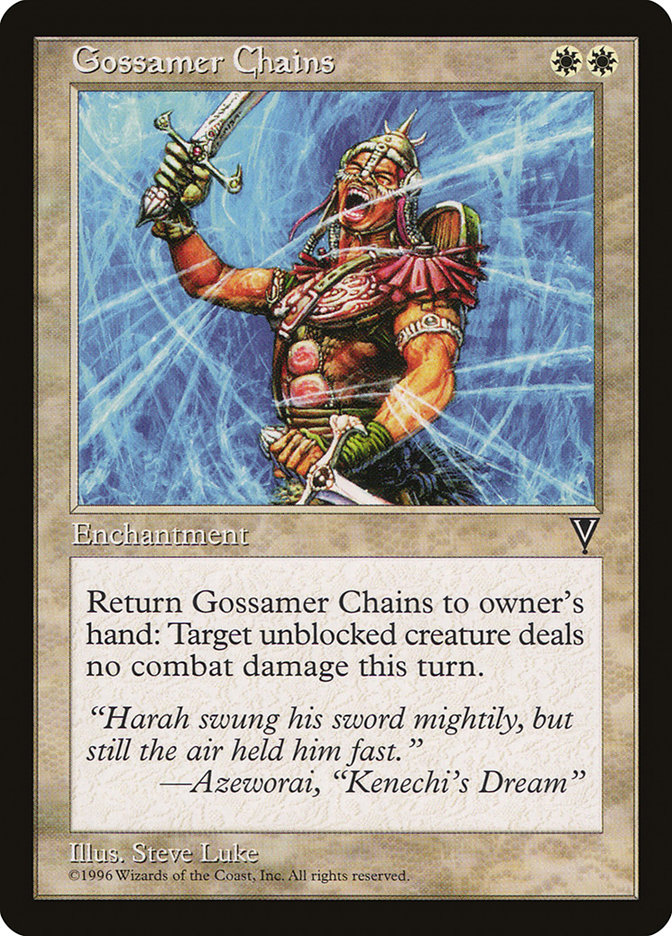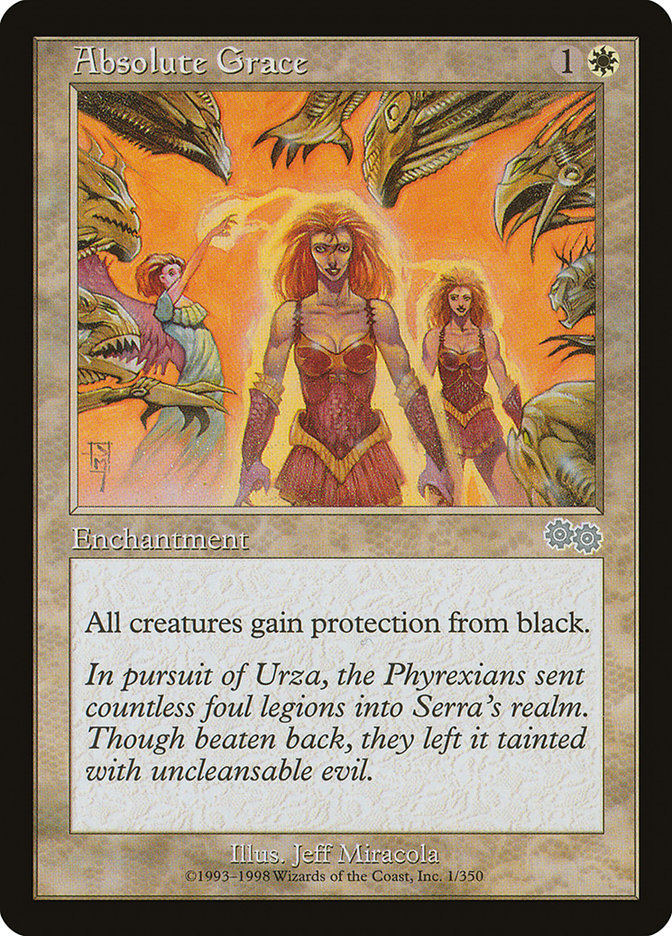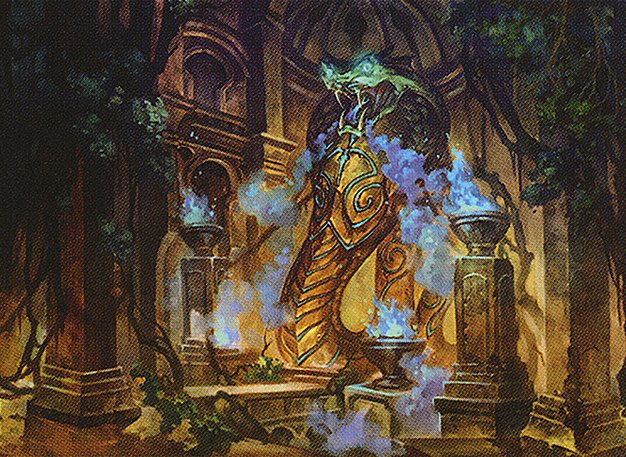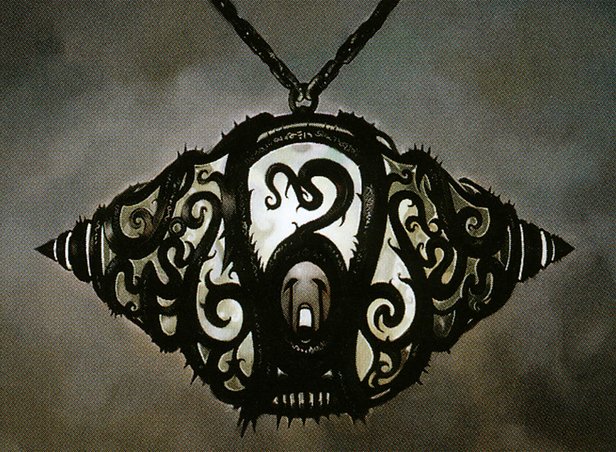Soul-Strike Technique MTG Card
| Card sets | Released in 3 setsSee all |
| Mana cost | |
| Converted mana cost | 2 |
| Rarity | Common |
| Type | Enchantment — Aura |
| Abilities | Enchant,Manifest |
Key Takeaways
- Soul-Strike Technique offers card advantage by returning to hand upon creature death.
- It boosts creatures for faster victories but requires careful hand management.
- Despite its higher mana cost, the card adds resilience and versatility to decks.

Guide to Vigilance card ability
In the strategic universe of Magic: The Gathering (MTG), the vigilance ability stands out as a powerful tool for players. This potent keyword allows creatures to attack without tapping, keeping them ready and alert to defend against incoming threats. It represents a perfect balance between aggression and defense, offering a dynamic approach to gameplay. Lets dive deeper into how vigilance shapes the battlefield.
Text of card
Enchant creature Enchanted creature gets +1/+1 and has vigilance. When enchanted creature dies, manifest the top card of your library. (Put it onto the battlefield face down as a 2/2 creature. Turn it face up any time for its mana cost if it's a creature card.)
Card Pros
Card Advantage: Soul-Strike Technique provides an edge via its ability to return to hand when the enchanted creature dies. This recycling effect can lead to increased card longevity and potential card advantage over an opponent, as you effectively get to reuse the enchantment.
Resource Acceleration: The enchanted creature gets a boost in power and toughness, enabling it to strike more soul-crushing blows against your adversary. This can accelerate the pace at which you bring your opponent’s life total down, effectively speeding up your route to victory.
Instant Speed: While Soul-Strike Technique itself isn’t at instant speed, its triggered ability can create a surprise blocker in a pinch. The Spirit token it creates has the potential to be a game-changer by offering unexpected defense, disrupting your opponent’s strategy at crucial moments during combat.
Card Cons
Discard Requirement: While Soul-Strike Technique offers potential upside, one downside to consider is that it forces the player to discard another card as part of its casting. This could be particularly disadvantageous during late-game scenarios when hand size tends to be limited and each card’s value is at a premium.
Specific Mana Cost: The casting cost for Soul-Strike Technique requires both white mana and generic mana, which may not always be readily available. This specificity can limit the card’s flexibility and make it a less viable option for decks that are not focused on white mana or that run on a tight mana base.
Comparatively High Mana Cost: When it comes to enchantments that bolster your creatures, players must weigh the mana investment against the benefit received. In the case of Soul-Strike Technique, the cost to enchant a creature may be higher compared to other buffs or protection spells in the same mana range, potentially resulting in a suboptimal use of resources.
Reasons to Include Soul-Strike Technique in Your Collection
Versatility: Soul-Strike Technique grants any creature an additional layer of utility with its enchantment benefits. Being able to give a creature a power boost and lifelink can turn even the simplest creature into a significant threat, thereby fitting a variety of deck themes and strategies.
Combo Potential: By providing additional value upon death with its ability to return to the battlefield transformed into a Spirit creature, this card works well with decks that capitalize on recursion or death triggers. It can also synergize with sacrifice outlets for continuous value.
Meta-Relevance: In an environment where creature-based strategies are prevalent, having an enchantment like Soul-Strike Technique can be a game-changer, as it not only boosts your own board presence but also gives you a form of resilience and staying power against removal.
How to beat
Soul-Strike Technique presents a unique challenge in the world of Magic: The Gathering. It’s an enchantment aura that not only gives the enchanted creature a slight power boost but also a way to gain life. When the enchanted creature dies, Soul-Strike Technique doesn’t simply fade away; it creates a Spirit token, keeping its presence on the battlefield. This sequence of events can certainly sway the momentum of a game.
Overcoming this card requires strategic plays. Removal spells that exiles, rather than destroy, can prevent the creation of the Spirit token. Similarly, enchantment removal spells can strip a creature of its Soul-Strike Technique before it becomes a larger threat or before it can fulfill its lifesaving purpose. Playing around Soul-Strike Technique includes managing your removal options carefully or pressuring your opponent to make unfavorable blocks. Understanding how and when to handle this aura can be a test of one’s knowledge and timing in navigating the complexities of MTG matches.
Ultimately, recognizing the potential impact of Soul-Strike Technique and preemptively countering it can help maintain control over the game and secure a path to victory against opponents who rely on the incremental gains that this card provides.
Cards like Soul-Strike Technique
Soul-Strike Technique enhances the roster of enchantment auras in Magic: The Gathering with its ability to give a creature not only +1/+1 but also to return it to the owner’s hand when it dies. A comparable card is Unholy Strength, which gives a more significant power boost of +2/+1 but lacks the crucial advantage of recursion that Soul-Strike Technique offers.
Furthermore, the likes of Ethereal Armor provide a different approach. This aura scales its power and toughness benefits based on the number of enchantments controlled, perfect for enchantment-heavy decks. While it doesn’t allow for creature retrieval, the potential for a massive stat increase can be game-changing. Then there’s Hyena Umbra, which focuses more on protection with its totem armor mechanic, safeguarding your creatures from a single destruction event, which can be similarly as strategic as the return-to-hand effect of Soul-Strike Technique in maintaining board presence.
All things considered, Soul-Strike Technique holds a unique position among MTG auras, offering a blend of modest stat enhancement and post-mortem value recovery that can subtly shift the tides of a game in your favor.
Cards similar to Soul-Strike Technique by color, type and mana cost
Where to buy
If you're looking to purchase Soul-Strike Technique MTG card by a specific set like Modern Horizons and Mystery Booster, there are several reliable options to consider. One of the primary sources is your local game store, where you can often find booster packs, individual cards, and preconstructed decks from current and some past sets. They often offer the added benefit of a community where you can trade with other players.
For a broader inventory, particularly of older sets, online marketplaces like TCGPlayer, Card Kingdom and Card Market offer extensive selections and allow you to search for cards from specific sets. Larger e-commerce platforms like eBay and Amazon also have listings from various sellers, which can be a good place to look for sealed product and rare finds.
Additionally, Magic’s official site often has a store locator and retailer lists for finding Wizards of the Coast licensed products. Remember to check for authenticity and the condition of the cards when purchasing, especially from individual sellers on larger marketplaces.
Below is a list of some store websites where you can buy the Soul-Strike Technique and other MTG cards:
- eBay
- TCG Player
- Card Kingdom
- Card Market
- Star City Games
- CoolStuffInc
- MTG Mint Card
- Hareruya
- Troll and Toad
- ABU Games
- Card Hoarder Magic Online
- MTGO Traders Magic Online
See Magic products
Printings
The Soul-Strike Technique Magic the Gathering card was released in 3 different sets between 2019-06-14 and 2019-11-07. Illustrated by Joe Slucher.
| # | Release | Name | Code | Symbol | Number | Frame | Layout | Border | Artist |
|---|---|---|---|---|---|---|---|---|---|
| 1 | 2019-06-14 | Modern Horizons | MH1 | 30 | 2015 | normal | black | Joe Slucher | |
| 2 | 2019-11-07 | Mystery Booster | MB1 | 239 | 2015 | normal | black | Joe Slucher | |
| 3 | The List | PLST | MH1-30 | 2015 | normal | black | Joe Slucher |
Legalities
Magic the Gathering formats where Soul-Strike Technique has restrictions
| Format | Legality |
|---|---|
| Commander | Legal |
| Legacy | Legal |
| Paupercommander | Legal |
| Modern | Legal |
| Oathbreaker | Legal |
| Pauper | Legal |
| Vintage | Legal |
| Duel | Legal |
| Penny | Legal |
Rules and information
The reference guide for Magic: The Gathering Soul-Strike Technique card rulings provides official rulings, any errata issued, as well as a record of all the functional modifications that have occurred.
| Date | Text |
|---|---|
| 2019-06-14 | A permanent that turns face up changes characteristics but is otherwise the same permanent. Turning a permanent face up doesn’t change whether that permanent is tapped or untapped. Spells and abilities that were targeting that permanent still target it, and Auras and Equipment that were attached to the permanent are still attached to it. If anything now targets or is attached to the creature illegally, the game rules will clean this up as appropriate. |
| 2019-06-14 | Any time you have priority, you may turn a manifested creature face up by revealing that it’s a creature card (ignoring any type-changing effects that might be applying to it) and paying its mana cost. This is a special action. It doesn’t use the stack and can’t be responded to. |
| 2019-06-14 | At any time, you can look at a face-down permanent you control. You can’t look at face-down permanents you don’t control unless an effect instructs you to do so. |
| 2019-06-14 | Because face-down creatures don’t have a name, they can’t have the same name as any other creature or share any creature types with any other creature, even another face-down creature. |
| 2019-06-14 | Because the permanent is on the battlefield both before and after it’s turned face up, turning a permanent face up doesn’t cause any enters-the-battlefield abilities to trigger. |
| 2019-06-14 | If a face-down permanent you control leaves the battlefield, you must reveal it. You must also reveal all face-down spells and permanents you control if you leave the game or if the game ends. |
| 2019-06-14 | If an effect tries to return a face-down creature to the battlefield after it leaves (such as Astral Drift’s delayed triggered ability), that effect returns the card face up. If it tries to put an instant or sorcery card onto the battlefield this way, that card remains in its current zone instead. |
| 2019-06-14 | The face-down characteristics of a permanent are copiable values. If another object becomes a copy of a face-down creature or if a token is created that’s a copy of a face-down creature, that new object is a 2/2 colorless face-up creature with no abilities. |
| 2019-06-14 | The face-down permanent is a 2/2 creature with no name, mana cost, creature types, or abilities. It’s colorless and has a mana value of 0. Other effects that apply to the permanent can still grant or change any of these characteristics. |
